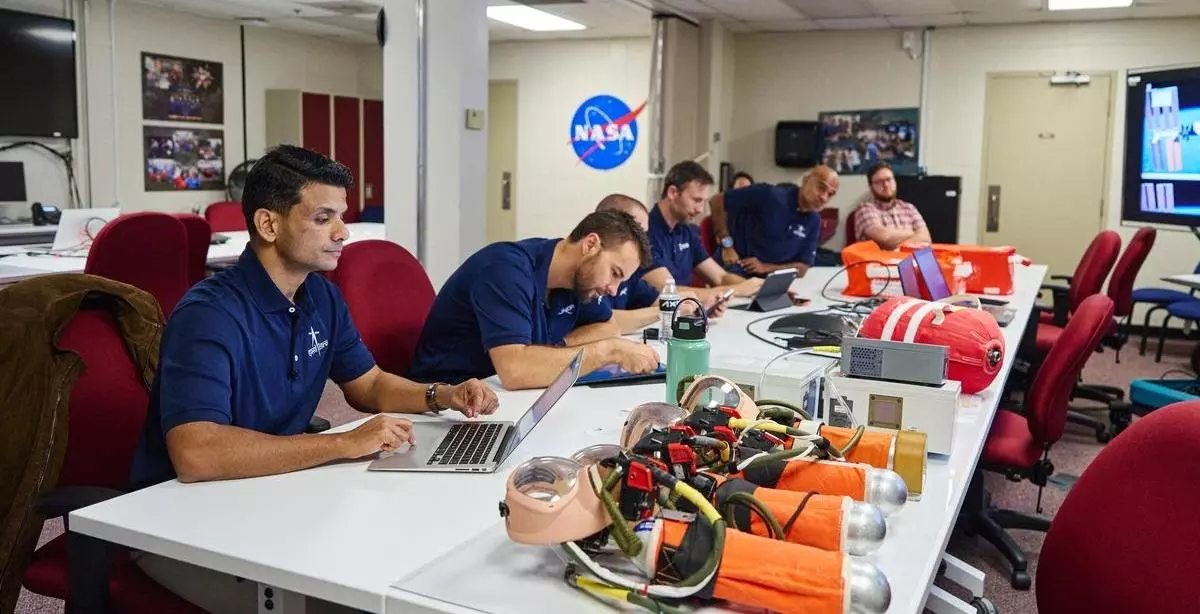
Joint space biology experiments launched by NASA-ISRO on Axiom Mission 4
text_fieldsPhoto: AFP
NASA and India’s space agency ISRO are teaming up for a series of scientific experiments aboard Axiom Mission 4, a private astronaut mission to the International Space Station, scheduled for launch no earlier than June 10 via a SpaceX Dragon spacecraft.
The mission will focus on research in human biology, plant cultivation, and technology performance in microgravity.
Among the experiments are Myogenesis-ISRO, which explores muscle stem cells and mitochondrial function; Sprouts-ISRO, which studies the growth of greengram and fenugreek seeds; and Space Microalgae-ISRO, examining the development of nutrient-rich green microalgae, Voyager Tardigrade-ISRO, which observes how microscopic water bears survive in space, and Voyager Displays-ISRO, which looks at how astronauts interact with electronic screens in orbit. These experiments aim to enhance astronaut health, enable sustainable food production in space, and advance technologies vital for extended space missions.
Space Biology: Muscles, Seeds, and Algae
NASA’s official website states that the Sprouts-ISRO experiment will focus on germinating and growing greengram and fenugreek seeds to study their development, genetics, and nutritional value in microgravity.
Myogenesis-ISRO will explore how spaceflight affects human muscle stem cells, particularly in terms of muscle regeneration and mitochondrial function. It will also test compounds that could help preserve muscle health during extended space missions, NDTV reported.
Meanwhile, Space Microalgae-ISRO will investigate the growth and adaptation of green microalgae in microgravity. These fast-growing, nutrient-rich algae have potential as a fresh food source and could contribute to air and water recycling systems on spacecraft.
Collectively, these experiments aim to enhance our understanding of how to cultivate food in space, protect astronaut health on long-duration missions, and possibly inform new approaches to muscle care and nutrition back on Earth.
Extremes and Human Factors in Orbit
The Voyager Displays-ISRO experiment focuses on how astronauts use tablets and electronic screens in the unique conditions of microgravity. It monitors tasks involving pointing, gaze behaviour, and stress or well-being indicators.
Meanwhile, the Voyager Tardigrade-ISRO investigation sends microscopic tardigrades—known for their extreme resilience—into orbit. These tiny organisms will be revived in space, with their survival, reproduction, and gene activity compared to those on Earth, under exposure to cosmic radiation and harsh space conditions.
By studying what allows tardigrades to endure such extremes, researchers aim to develop strategies to better protect astronauts on extended missions.
Insights from the display experiment are expected to improve user-interface design in spacecraft and could also enhance touchscreen technology used on Earth.






